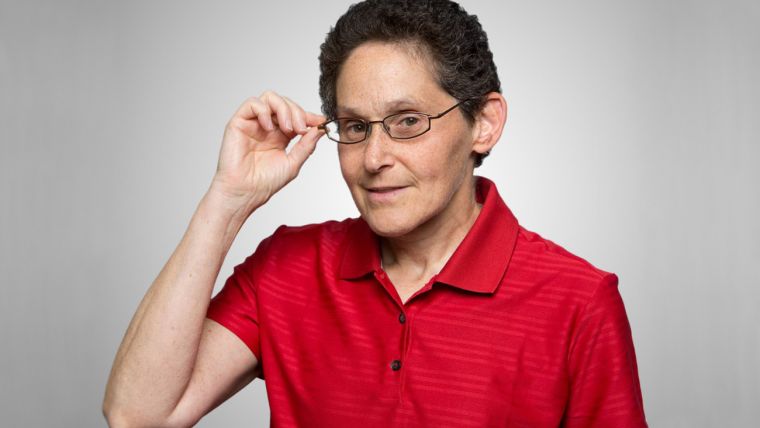The State of Geography and Geographic Technology Knowledge
How do you know how far you’ve travelled if you’re on a bike? Would a smartphone or satnav help? Maybe you’d check the bike’s odometer, assuming you’ve got one. Or maybe you’d have a strong feeling in your body, the “friction of distance” as Adena Schutzberg calls it.
On a lovely late summer day in September, 6,000 cyclists traversed two courses, one ten miles, one forty miles, around the City of Boston, Massachusetts. It was the eleventh annual event celebrating bicycling in the city. I am pleased to report that I saw enough evidence among these nongeographers to be cautiously optimistic about the public’s knowledge of geography and geographic tech. There is, of course, still room for improvement.
The Good
The organizers had prepared the routes ahead of time and offered them for download on two platforms: Strava and MapMyRide. They also offered a “gas station” type foldup paper map of the route. And, there were purple cardboard arrow signs attached to posts along the route. I was very happy to hear a conversation nearby where one rider was explaining to another that sometimes the app said to ”turn left off of River Street onto River Street” because the system saw the two segments as unique and not the same street. That’s a solid understanding of geographic navigation base data!
My group chose not to stop at the first water stop but after about 75 minutes of riding we were ready to refill our water bottles and get some snacks. A rider, without a GPS stated as we rode along, “We’re about mile 22 now.” There were no mile markers on the route, but she was right on it: my odometer said 21.5 miles. Either she looked at the map of course and recalled where we were or she had a sense of what 22 miles “felt like” to her body. Either way, she showed a solid internalization of geographic ideas, including, perhaps, the friction of distance.
When we completed the ride, a rider with the GPS that “gave out” along the way, stated confidently that we’d ridden 40.5 miles and ticked off a few more stats. His phone had captured just about everything the GPS would have. “I always carry a backup,” he noted. The quantified self, in particular, the quantified geographic self, is mature to the point of carrying a backup! That’s a solid understanding of the challenges of tech in general, and of type “A” geographic data gatherers, in particular.
The Bad
The two routes started together along a carfree (closed for the event) stretch of road along the Charles River. Everyone near me was grinning ear to ear at getting a chance to ride relatively fast on Storrow Drive, known for daily traffic jams. Unfortunately, the key exit off the road, the one the riders of the 10mile route were to take, was not wellmarked. I didn’t even notice it and was told later that the “signage” consisted of a single volunteer shouting “10 miles this way, 40 miles this way.” Many, many people missed the turn. Part of the explanation for the situation may be that riders were confident that organizers would tell them everything they needed to know and that organizers thought that riders would have used technology to tell them everything they needed to know.
As I headed out of the finish line celebration, I conferred with a gaggle of teen volunteers. I asked them how to get to a public transit station. They did not know. I asked the name of the street we were on. They did not know. I’m not sure they even knew they were at City Hall Plaza. I wondered how they travelled to the event and why they had no information on, and no interest in, their location. And, perhaps more telling, none of them pulled out their phones to consult a map or app. They were channeling, even if they did not realize it, that at that moment, to them, geography did not matter.
The Reality
These experiences suggest to me that one group of people are tuning into geography either by using their “old fashioned” tools of brain and body, or digging into and understanding the intricacies of today’s technology. A second group continues to somewhat blindly move forward confident that others will have access to and share relevant geographic information when it’s needed. What strikes me about this conclusion, as a geographic practitioner? I’m a member of both groups!
This article was published in GIS Professional October 2016

Value staying current with geomatics?
Stay on the map with our expertly curated newsletters.
We provide educational insights, industry updates, and inspiring stories to help you learn, grow, and reach your full potential in your field. Don't miss out - subscribe today and ensure you're always informed, educated, and inspired.
Choose your newsletter(s)
























